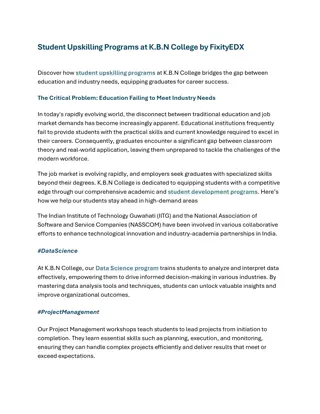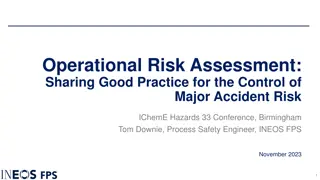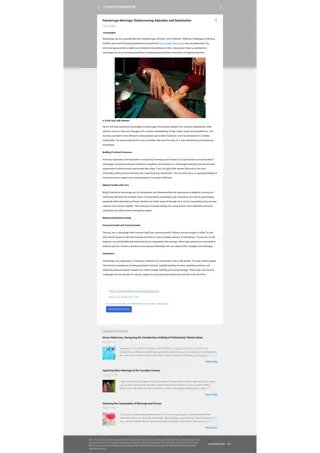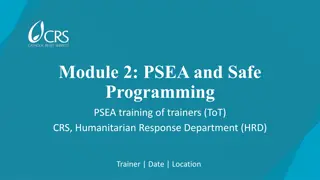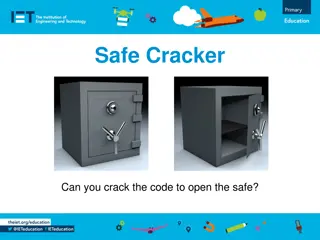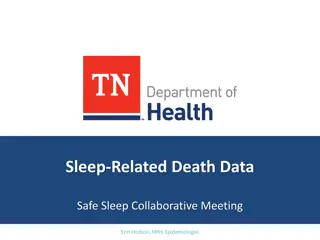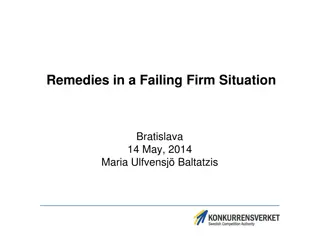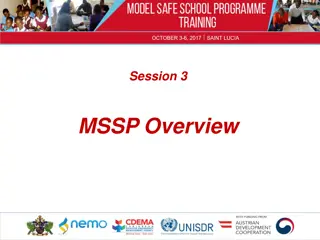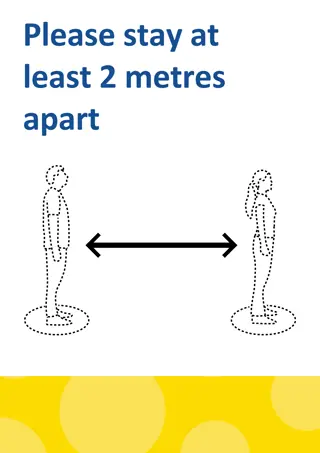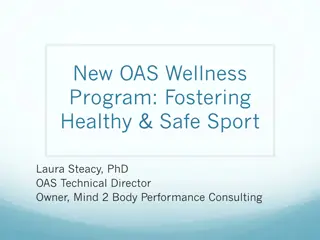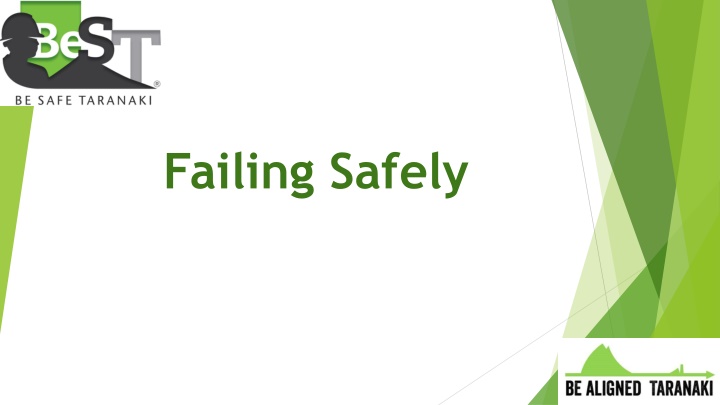
Understanding Fail-Safe Design for Risk Mitigation
"Learn about the concept of failing safely in design and engineering, where precautions are taken to minimize harm in case of accidents. Discover the importance of fail-safe mechanisms and how they contribute to safety in various industries."
Download Presentation

Please find below an Image/Link to download the presentation.
The content on the website is provided AS IS for your information and personal use only. It may not be sold, licensed, or shared on other websites without obtaining consent from the author. If you encounter any issues during the download, it is possible that the publisher has removed the file from their server.
You are allowed to download the files provided on this website for personal or commercial use, subject to the condition that they are used lawfully. All files are the property of their respective owners.
The content on the website is provided AS IS for your information and personal use only. It may not be sold, licensed, or shared on other websites without obtaining consent from the author.
E N D
Presentation Transcript
Failing Safe is about accepting (or recognizing) that an accident could happen and then preparing for it to reduce the harm (or impact as may also be property), even though you will try your best to prevent it This Photo by Unknown Author is licensed under CC BY-ND
Accidents happen, for a variety of reasons. Accidents are an unintended outcome, that can be a known (or perceived) possibility. Work has risk, whether its high or low. Risk has to be managed as it often can t be eliminated.
Often the consequences of failure with the device or design is not considered
Safety in Design A mechanism that is automatically triggered by failure that reduces or eliminates harm e.g. Shutoff many machines are designed to shut down if they detect anything is wrong
Active Safety A design that prevents an accident Passive Safety A design that minimises losses when an accident happens
Failing safe in design Failing safe presents benefits in Consequence mitigation: Minimize volume to be released Minimize size of release vapour cloud forming Poolfires (flammable liquid) Toxic clouds Lessen damage to assets from explosions Lower probability for fatality Ignition control lower probability for explosions and fires
In engineering, a fail-safe is a design feature or practice that in the event of a specific type of failure, inherently responds in a way that will cause minimal or no harm to other equipment, to the environment or to people. Case Study https://blog.craneengineering.net/how-valve-automation-keeps-water- flowing-without-electricity on how a wire manufacturing facility created a safety net for a custom water system by choosing a smart fail-safe position for a critical valve.
Fail Safe Mechanisms must be tested Some systems base their safety arguments on the presence of fail-safe behaviors. In other words, if a failure occurs, the argument is that the system will respond in a safe way, such as by shutting down in a safe manner. If you have fail-safe mechanisms, you need to test them with a full range of faults within the intended fault model to make sure they work properly.
Processes to Mitigate Risk 1. Identify possible hazards e.g. a rotating machine 2. Quantifying the consequence if something goes wrong e.g. injury to personnel 3. Identify controls in place to prevent this from happening e.g. machine guards or Fail safe safety shutdown mechanism 4. Identifies controls to mitigate the consequence e.g. First aiders available on site, PPE etc 5. Recommend further controls to be implemented if existing controls not efficient
Hazard Identification Tools Risk/Hazard analysis JSA Permit system Step back 5x5 approach
Tool can be utilised (Bow-tie Diagram) Example: Car accident Prevention Measures Mitigation Measures Risk assessment - CGE Barrier Based Risk Management Knowledge base (cgerisk.com)
Failing safely is a better goal than no accidents "In industry we often want to never have accidents, but we need to look at it the way we do with cars. Cars don't tell their drivers to avoid accidents, it is assumed there is a likelihood of a crash every time you drive, so they have airbags and seatbelts. Dr Todd Conklin
Example 1 ABS Braking
Example 2 Fall Arrest System Rescue Plan Working at Height Rescue Plan key elements: JSA - Pre-planning Communications verbal / radio Rescue plan discussed prior to work starting Plan reviewed throughout job. Equipment Gotcha Kit (Photo) onsite Competent personnel NZQA 23229 / 15757 Prevention controls (suspension trauma straps)
Example 2 cntd Bowtie to explain how the rescue plan fits into the controls
Final thoughts When an incident happens, start your investigation by looking at the system. Then if you need to, look at the worker. But I promise you, when you look at the system your need to look at the worker almost always goes away. Dr Todd Conklin
Further learnings for leaders Business Leaders Safety forum . https://besafe.nz/w hy-leaders-need-to- build-businesses- that-fail-safely/







